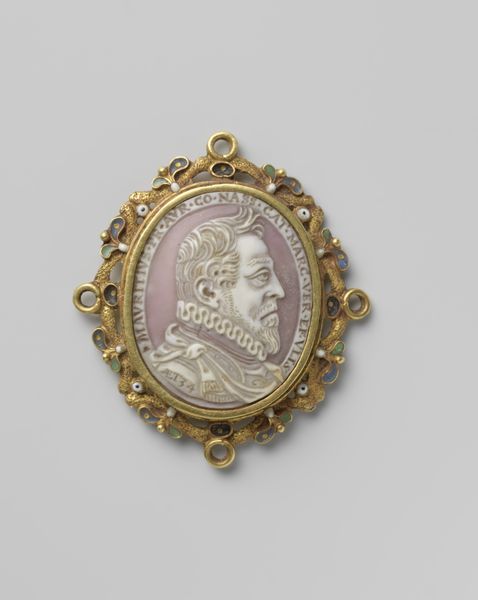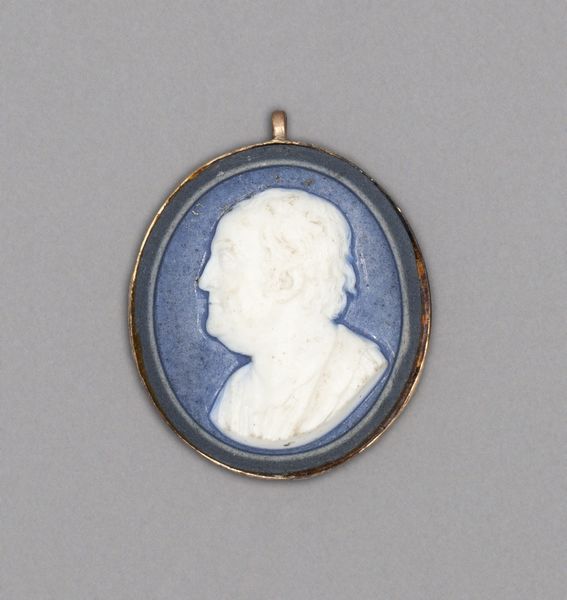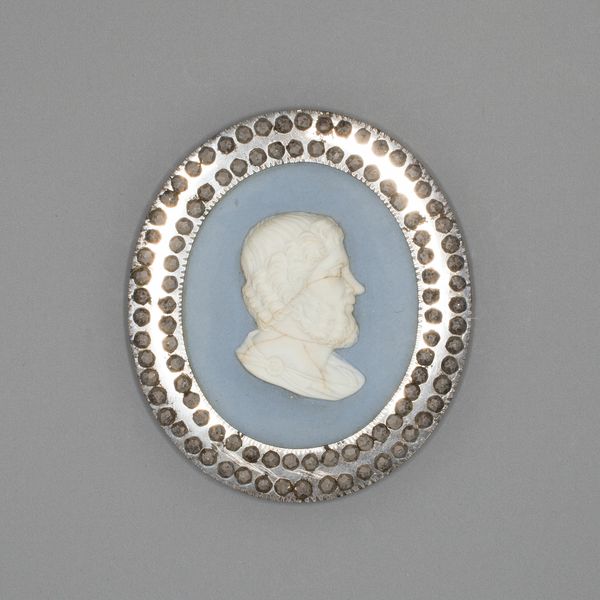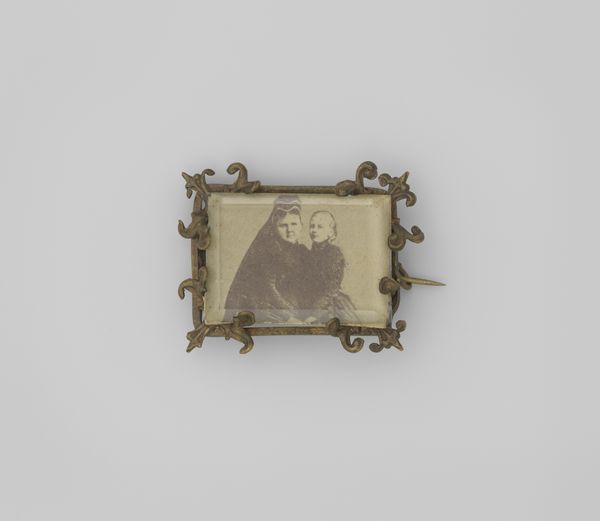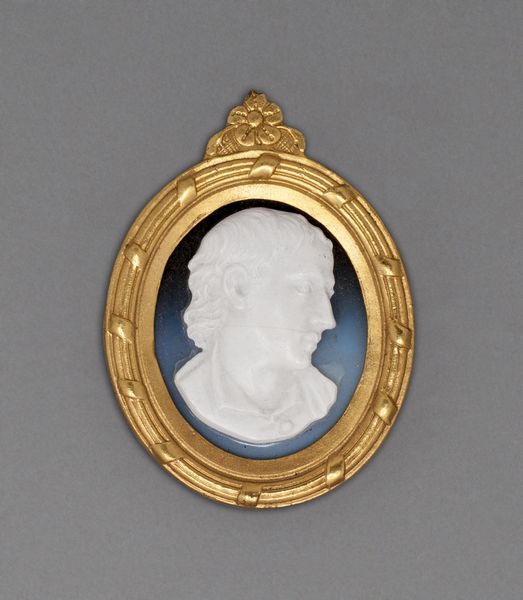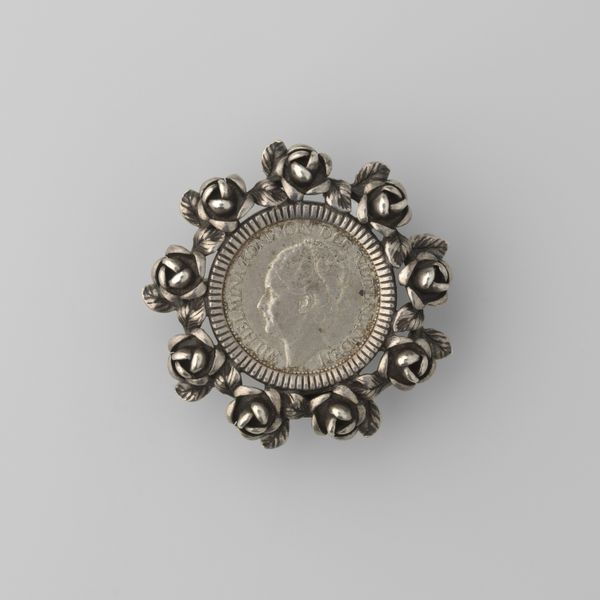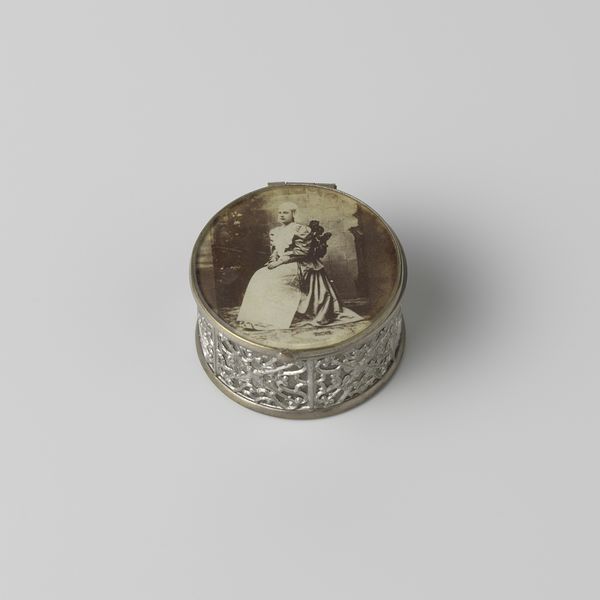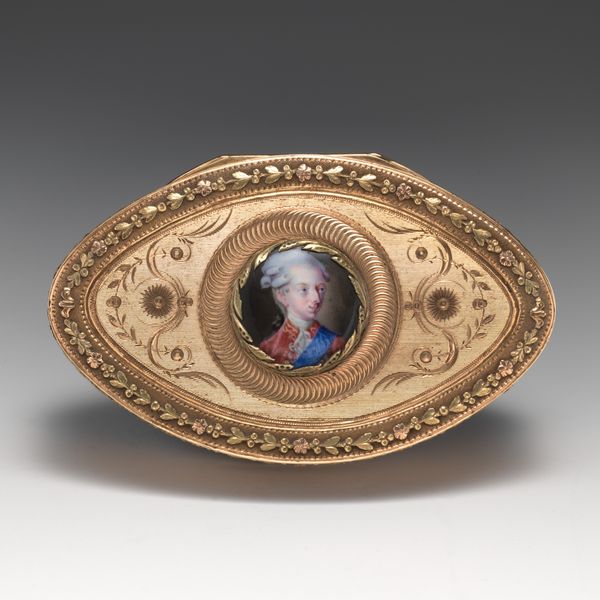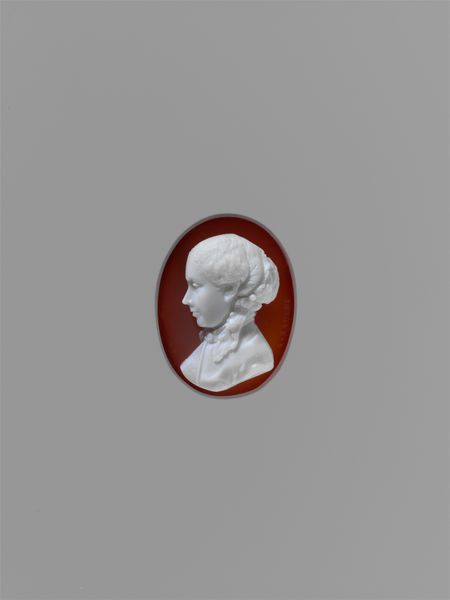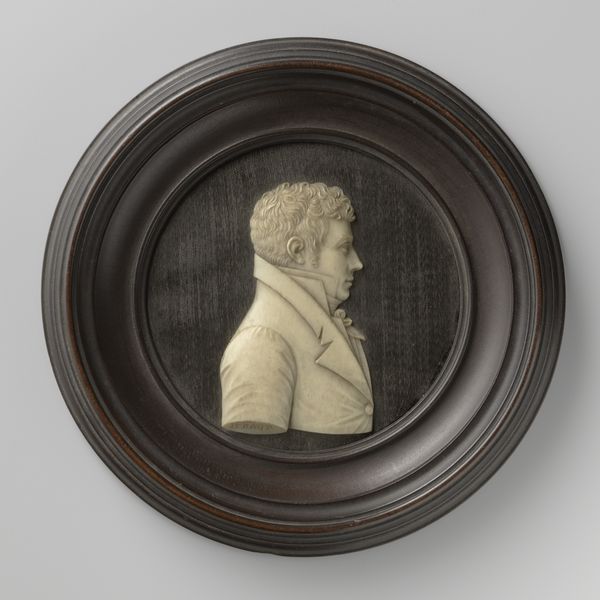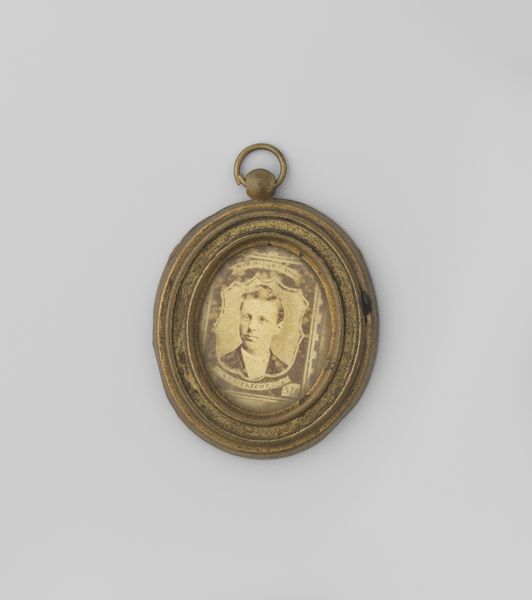
silver, photography
#
portrait
#
still-life-photography
#
silver
#
photography
#
miniature
Copyright: Rijks Museum: Open Domain
Editor: Here we have a silver miniature portrait, "Portret van koningin Wilhelmina," dating between 1897 and 1900, crafted by Adolphe Zimmermans. There’s something both precious and almost melancholy about it; the ornate silver frame encircles this very contained photographic image. What do you see in this piece? Curator: Immediately, I'm struck by the brooch form itself. Brooches are inherently personal objects. They're worn close to the heart, signaling allegiance, memory, even aspiration. To encase Wilhelmina's likeness in this way transforms the queen into a symbol of individual loyalty, a personalized emblem of the monarchy. Editor: So it's less about grand, sweeping national identity and more…intimate? Curator: Exactly. Consider the frame, those repeating floral motifs. Flowers are frequently used in portraiture, but here, they also hint at notions of beauty and femininity tied to queenship. And yet, the almost mass-produced feel of the silver suggests a democratization of the image. How widely circulated do you imagine this image would be at the time? How much cultural resonance? Editor: That's a really interesting question! Maybe it speaks to the beginnings of the celebrity age? Even royalty had a 'brand' to curate. Curator: Precisely. This brooch then becomes a potent symbol of a shifting cultural landscape. It prompts us to consider how representations of power are absorbed, personalized, and ultimately, how collective memory is formed. What is also striking to me is how the light reflected from the silver may contribute to how people experience this brooch over a century later. How the symbolic relationship evolves! Editor: Wow, I hadn't thought about that at all. So much is communicated just by its form and context. I'll definitely look at brooches differently from now on!
Comments
No comments
Be the first to comment and join the conversation on the ultimate creative platform.
